The Dutch Oven is a versatile and essential piece of cooking equipment used for generations and generations to create delicious meals. Many soups, meat, and other slow-cooked recipes may require Dutch ovens as they’re such a useful cooking tool.
However, you may find yourself in need of a substitute. Whether you don’t own a Dutch oven yourself, or you’re looking for another way to cook the recipe, several alternatives can deliver delicious results!
Here in this article, you will find 10 Dutch oven substitutes and how they can be used to achieve similar cooking results.
If you're looking for more Dutch oven recipes to get your cooking juices flowing, check out my Best Dutch Oven Recipes, with over 30 recipes using the Dutch oven!
What is a Dutch Oven?
A Dutch oven is a heavy-duty cooking pot with a tight-fitting lid. It is typically made of cast iron, although there are also versions made of enameled cast iron or ceramic, and often has a capacity of around 5-8 quarts.

Dutch ovens are known for their heat retention and distribution properties, making them versatile and ideal for a wide range of cooking methods such as baking, stews, soups, braising, and frying. They can be used both on the stovetop and in the oven.
Purchasing a Dutch Oven
If you want to purchase a Dutch oven, I use and love my Le Creuset 5.5 qt. Round Dutch Oven in Matte White.
Le Creuset typically suggests purchasing 1 quart per serving, so if you usually prepare meals for 4 people, a 4+ qt. sized Dutch oven should be sufficient for most recipes. I highly suggest a 5.5 qt. size if you make or intend to make large serving soups and stews.
For more help on finding the perfect Dutch oven for you, check out Bon Appétit's Best Dutch Ovens For Every Budget.
Types of Dutch Oven Substitutes
Stock Pot
One popular option for a Dutch oven substitute is a stock pot. Stock pots are large, deep vessels used primarily for making stocks and soups. They are typically made of stainless steel or aluminum and come with a tight-fitting lid.
While not as heavy as a Dutch oven, a stock pot can still conduct and retain heat effectively, making it suitable for slow-cooked dishes like stews and braises. However, keep in mind that the lack of weight may require longer cooking times to achieve the same level of tenderness.
Suitable dishes for stock pot substitute
A stock pot can be a suitable substitute for a Dutch oven in certain recipes. Based on my experience, some suitable dishes that can be prepared in a stock pot substitute are:
1. Soups
2. Stews
3. Pasta sauces: Making homemade pasta sauces like marinara, bolognese, or creamy Alfredo can be done. Make sure to stir occasionally to avoid sticking.
4. Chili
5. Boiling and blanching: Stock pots are ideal for boiling pasta, potatoes, or other vegetables
6. Poaching meats: Poach chicken, fish, or other meats
7. Large batch sauces or dressings
Remember to adjust the cooking time and temperature accordingly when using a stock pot substitute instead of a Dutch oven, as the heat distribution and retention may differ.
Casserole Dishes
Another alternative to a Dutch oven is a Le Creuset or other high-quality enameled cast iron casserole dish.
These dishes are similar to Dutch ovens in terms of material and functionality. They come with a tight-fitting lid, and excellent heat retention properties, and can be used on the stovetop or in the oven.
The enamel coating ensures that food doesn't react with iron, making it a helpful choice for acidic ingredients like tomatoes. Le Creuset dishes can be expensive, but there are more affordable options with similar performance.
Best recipes for casserole dish substitute
When it comes to substituting a casserole dish for a Dutch oven, numerous recipes can work well. Here are some of the best recipes for a casserole dish substitute:
1. One-Pot Pasta
2. Baked Mac and Cheese
3. Shepherd's Pie
4. Enchiladas
5. Chicken Pot Pie
6. Lasagna
Remember to adjust cooking times and temperatures according to the specific recipe instructions.
Braiser
A braiser is an excellent substitute for a Dutch oven, depending on the style of recipe you are cooking. A braiser and Dutch oven have a lot in common, with the main difference being their purpose. A braiser is made for simmering food in their liquid or other liquid.
A braiser has a much smaller height in the pan, meaning it cannot be used for soups or stews, or for recipes with tons of liquid.
Best recipes for Braiser substitute
While a Dutch oven can always be used to substitute for a braiser, a braiser cannot be used for every Dutch oven recipe. Here are some of the best recipes to use a braiser as a substitute for a Dutch oven:
1. One-Pot Pastas
2. Seared Meats, like lamb shanks or short ribs
3. Pork Chops
4. Chicken dishes, like chicken cacciatore or chicken parmesan
5. Meatballs
Remember to adjust the cooking times and temperatures accordingly!
Slow Cooker
For those who prefer hands-off cooking methods, a slow cooker can also be a suitable substitute for a Dutch oven. Slow cookers, commonly known as crock pots, allow you to set a low or high heat setting and leave your meal to simmer for several hours.
While slow cooking doesn't offer the same level of control as stovetop or oven cooking, it is perfect for dishes that require long cooking times, such as pulled pork or beef stew. Just keep in mind that slow cookers don't provide as much browning or caramelization as other cooking methods, which can affect the overall flavor and appearance of your dish.
Best recipes for Slow Cooker substitute
With Dutch oven substitutes, a slow cooker is a fantastic alternative. Here are some of the best recipes to use a slow cooker as a substitute for a Dutch oven:
1. Braised Short Ribs
2. Beef Stew
3. Chili
4. Soup
5. Coq au Vin
Remember to adjust the cooking times and temperatures accordingly, and enjoy your delicious slow-cooked meals!
Roasting Pan
If you require a Dutch oven substitute for roasting purposes, a roasting pan can serve as a suitable alternative. These pans are typically made of heavy-gauge stainless steel or aluminum and come with a rack to elevate the meat or poultry.
Roasting pans distribute heat evenly and allow for the collection of drippings, which can make flavorful gravies or sauces. While a roasting pan may not be as versatile as a Dutch oven, it is perfect for roasting large cuts of meat or whole poultry.
Recipes adaptable to roasting pan substitute
If you do not have a Dutch oven on hand, a roasting pan can be a suitable substitute for some recipes. Here are a few recipes that easily adapt to a roasting pan instead:
1. Roast Chicken: Roast in the oven until the chicken reaches a safe internal temperature (165-175ºF) and looks golden brown.
2. Braised Beef
3. Pot Roast
4. Casseroles: Layer the ingredients as instructed in the recipe, cover the roasting pan with foil, and bake according to the instructions.
5. Lasagna
Remember to adjust the cooking times when using a roasting pan substitute. Additionally, the lack of a lid on the roasting pan may require you to cover the pan tightly with foil to retain moisture.
Cast Iron Skillet
Another Dutch oven alternative is a cast iron skillet. Cast iron cookware is known for its excellent heat retention properties and is great for frying and sautéing.
While not as deep as a Dutch oven, a cast iron skillet (affiliate link) can accommodate smaller batches of soups or stews. It is also ideal for baking crusty bread or deep-dish pizzas. The high heat conductivity of cast iron ensures crispy exteriors while maintaining moist interiors.
Use oven mitts when handling the hot skillet, as the handle can get extremely hot during prolonged use.
Adaptable recipes for a Cast Iron Skillet
Recipes that can be adapted to a cast iron skillet (affiliate link) as a substitute for a Dutch oven include:
1. Braised Meats
2. Baked Pasta
3. Bread
4. One-Pot Meals
Remember to adjust cooking times and heat settings when using a cast iron skillet (affiliate link) as a substitute for a Dutch oven, as the skillet's heat retention and distribution may be different.
Clay Pots
Clay pots are another option to consider when looking for a substitute. These pots are made of porous clay and are known for their ability to distribute heat evenly.
While clay pots don't hold heat as well as cast iron or stainless steel, they can be used as a substitute for Dutch ovens to cook slow-cooked dishes like stews or tagines. Clay pots are also excellent for baking bread, providing a moist cooking environment that results in a crusty and flavorful loaf.
Suitable cooking options for Clay Pots
When it comes to clay pots as a substitute for a Dutch oven, several types of recipes can be considered.
1. Slow cooker recipes
2. Baking and braising meats and vegetables
3. Stovetop sautéing, frying, and boiling
4. Barbecue grill: This method is particularly suitable for dishes like roasts, baked beans, casseroles, and even bread
Remember, regardless of the cooking option you choose, using a clay pot as a substitute for a Dutch oven may require some adjustments in cooking time and temperature. Make sure to monitor your dish closely to avoid overcooking or undercooking!
Instant Pot
With quicker cooking times, an Instant Pot can be a convenient substitute. Instant Pots combine the functions of a pressure cooker, slow cooker, and rice cooker in one appliance. They use sealed lids and high-pressure steam to cook food rapidly, making them ideal for quick weeknight meals.
Instant Pots do not offer the same level of browning or crust development as traditional Dutch ovens, but they are still a practical option for those short on time.
Suitable recipes for an Instant Pot substitute
When it comes to finding recipes for substituting a Dutch oven with an Instant Pot, there are endless possibilities. Here are a few examples:
1. Braised Meats
2. Soups and Stews
3. One-Pot Pasta
4. Curries
5. Bread and Desserts: Although the Instant Pot might not create the same crispy crusts as a Dutch oven, it can still be used for baking bread or making desserts like cheesecakes. Use a suitable baking pan or mold that fits inside the Instant Pot and follow the recipe instructions for cook times and settings.
Remember, the cooking times and settings may differ slightly when using an Instant Pot compared to a Dutch oven, so be sure to consult the Instant Pot's manual and adjust accordingly.
Air Fryer
When it comes to adapting recipes for substituting with an Air Fryer instead of a Dutch oven, there are a few factors to consider.
An Air Fryer can replicate some of the functionality of a Dutch oven, such as providing high heat and a sealed environment. However, there are certain differences in cooking methods that need to be taken into account:
Adjust Cooking Time and Temperature: One of the main differences between an Air Fryer and a Dutch oven is the cooking time and temperature. Air Fryers tend to cook food faster at a higher temperature, so it is important to adjust the recipe accordingly. Decrease the cooking time and increase the temperature based on the specific recipe instructions or your experience with the Air Fryer.
Use Smaller Batches: Air Fryers have limited capacity compared to Dutch ovens, so you may need to cook in smaller batches. If a recipe requires sautéing or browning ingredients before simmering, you might have to work in smaller portions.
Modify Liquid Content: Dutch ovens often require a certain amount of liquid to create steam and maintain moisture. In an Air Fryer, the limited space and sealed environment provide enough moisture, so you will need to reduce the liquid content to avoid too much liquid accumulating.
Adapt the Recipe: Some recipes specifically require the use of a Dutch oven for certain techniques such as braising or slow cooking. In these cases, you may need to search for Air Fryer-specific recipes or adapt the technique to the Air Fryer's capabilities. For example, you can try to replicate a slow cooking effect by reducing the temperature and cooking time. I would not recommend using an air fryer as a substitute for braising.
Consider Preheating and Prepping: Unlike a Dutch oven, which can be preheated to provide an even cooking environment, Air Fryers start cooking as soon as they are turned on. Adjust your recipe instructions accordingly, and ensure that your ingredients are adequately prepared before adding them to the Air Fryer.
Remember, the final result may not be the same as cooking with a Dutch oven because the two appliances have very different cooking mechanisms. It may take some trial and error to perfect the adaptation of recipes from a Dutch oven to an Air Fryer.
Frying Pan
A frying pan, or nonstick pan, can be used to replicate the results of a Dutch oven as well. To use a frying pan as a substitute for a Dutch oven, follow these steps:
Choose a Deep Frying Pan: Look for a frying pan with high sides and a tight-fitting lid. This will help contain heat and steam, creating an environment similar to a Dutch oven.
Heatproof Handle: If your frying pan has a plastic or wooden handle, make sure it is removable or oven-safe. Alternatively, you can wrap the handle securely with aluminum foil, so it doesn't get damaged in the oven.
Cooking Time and Temperature: Since frying pans typically conduct heat differently than Dutch ovens, you may need to adapt your cooking time and temperature. Reduce the heat slightly and keep an eye on the food to prevent burning or overcooking.
Use Foil as a Lid: If your frying pan doesn't come with a suitable lid, you can cover it tightly with aluminum foil. Make sure to wrap it securely around the edges to lock in moisture and heat.
Monitor Your Food: Since a frying pan may have a thinner base than a Dutch oven, the cooking time may be shorter. Check your food regularly to prevent it from burning or becoming overly dry.
Remember that while a frying pan can serve as a substitute for a Dutch oven in certain situations, it may not deliver the same results. The shape and construction of a Dutch oven evenly distribute heat, retain moisture, and enhance flavors, which may be compromised when using a frying pan.
Best recipes for a frying pan
When it comes to cooking in a frying pan as a substitute for a Dutch oven, there are numerous delicious recipes you can try. Here are some versatile and tasty ideas:
1. One-Pot Pasta
2. Stir-Fry
3. Braised Meats
4. Skillet Lasagna
5. Frittata or Quiche
Remember, be mindful of the size and depth of your frying pan, as some recipes may require adjustments to accommodate the cooking process.
Considerations for Choosing a Dutch Oven Substitute
Cooking Time and Heat
When substituting, it's important to adjust your cooking techniques accordingly. For example, if you're baking sourdough bread, you may need to modify it.
A metal pot, such as a stock pot or a roasting pan, can be preheated in the oven to create a similar baking environment to a Dutch oven. Preheating the pot allows for better heat distribution and helps achieve a crusty crust and excellent oven spring.
Heat Retention
Regardless of the substitute you choose, it's best to use methods that prioritize heat retention, such as preheating the cookware and cooking on low or medium-heat settings. These techniques will help compensate for any differences in heat retention compared to a Dutch oven, ultimately resulting in satisfyingly cooked dishes.
Size and Shape
When considering a substitute, both the size and shape are important factors to take into account.
Size: Dutch ovens come in various sizes, typically ranging from 2 quarts to 7 quarts or even larger. The size of your substitute should be determined by the recipe you plan to cook. If the recipe calls for a 6-quart Dutch oven, you should aim to find a substitute that has a similar capacity. Keep in mind that using a significantly smaller or larger substitute may affect cooking times and overall results.
Shape: Dutch ovens usually have a round or ovular shape, allowing for even heat distribution and circulation. While it is ideal to find a substitute with a similar shape, it is not always necessary. If a round pot is not available, you can use an oven-safe pot or casserole dish with a similar capacity but a different shape.
Ease of Use
When it comes to substitutes for a Dutch oven, the ease of use can vary depending on what alternative you choose. Some common substitutes include using a slow cooker, a casserole dish with a tight-fitting lid, or even a heavy-bottomed pot with aluminum foil as a makeshift lid.
Some substitute techniques may require a longer cooking time (like a slow cooker) but may be more convenient to dump and go. Meanwhile, a casserole dish is fairly common and also relatively easy but may require close monitoring to prevent leaks or spills. Even a heavy pot with a lid may require adjusting the cooking temperature and time as heat distribution may differ.
Overall, use the substitute that is most convenient for you, and be sure to closely watch and monitor your food.
Conclusion
Whether you choose to use a stock pot, Le Creuset casserole dish, slow cooker, roasting pan, cast iron skillet (affiliate link), clay pot, or an Instant Pot, each option offers its unique advantages for different cooking methods and recipes. Try to find a pot or dish that matches the recipe's required size as closely as possible, and if possible, opt for a round shape for optimal heat distribution and circulation.
Overall, while there are many alternatives to using a Dutch oven, you will likely have to adjust for new cooking times, and make sure to monitor your food closely to ensure it is not under or overcooked.


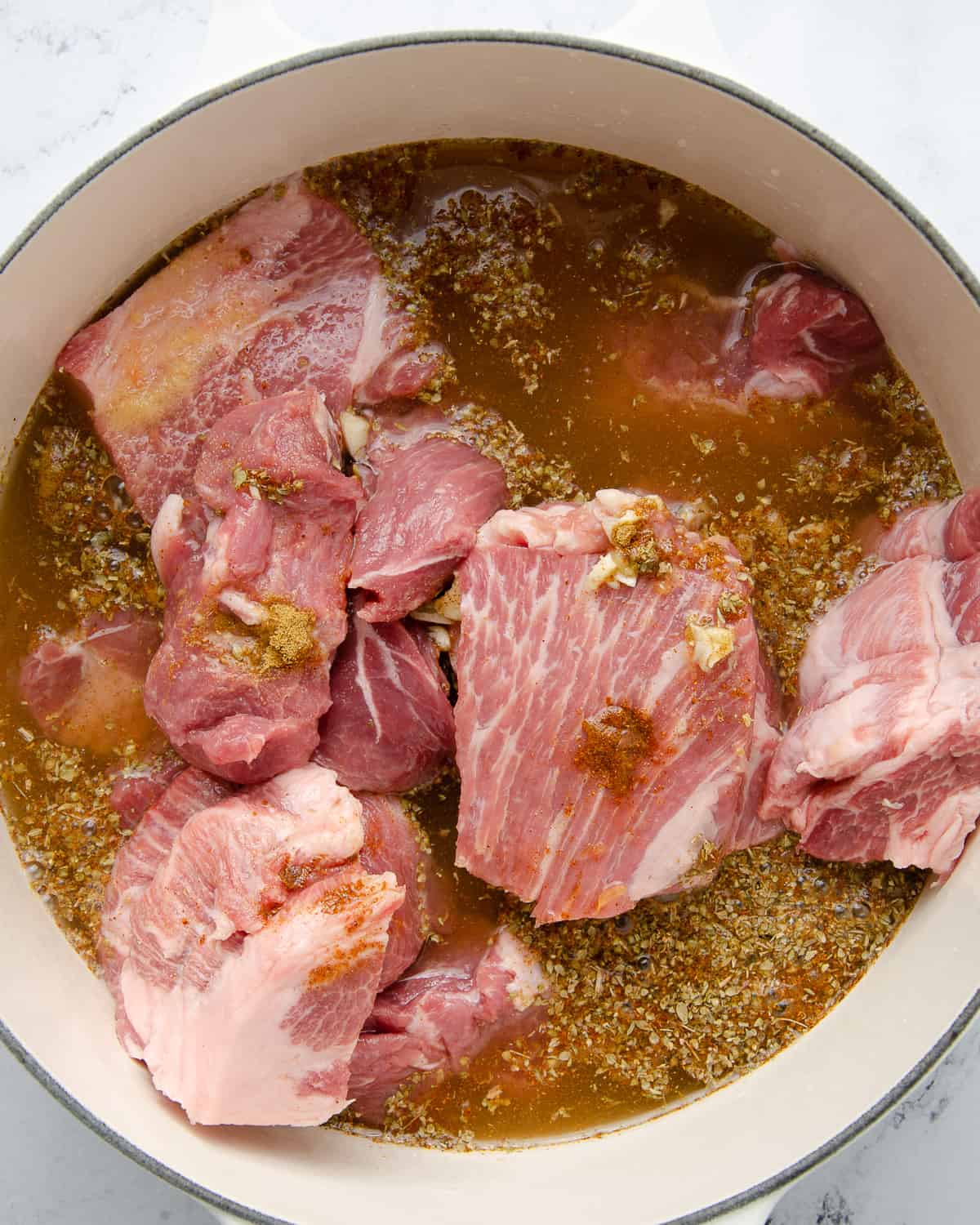
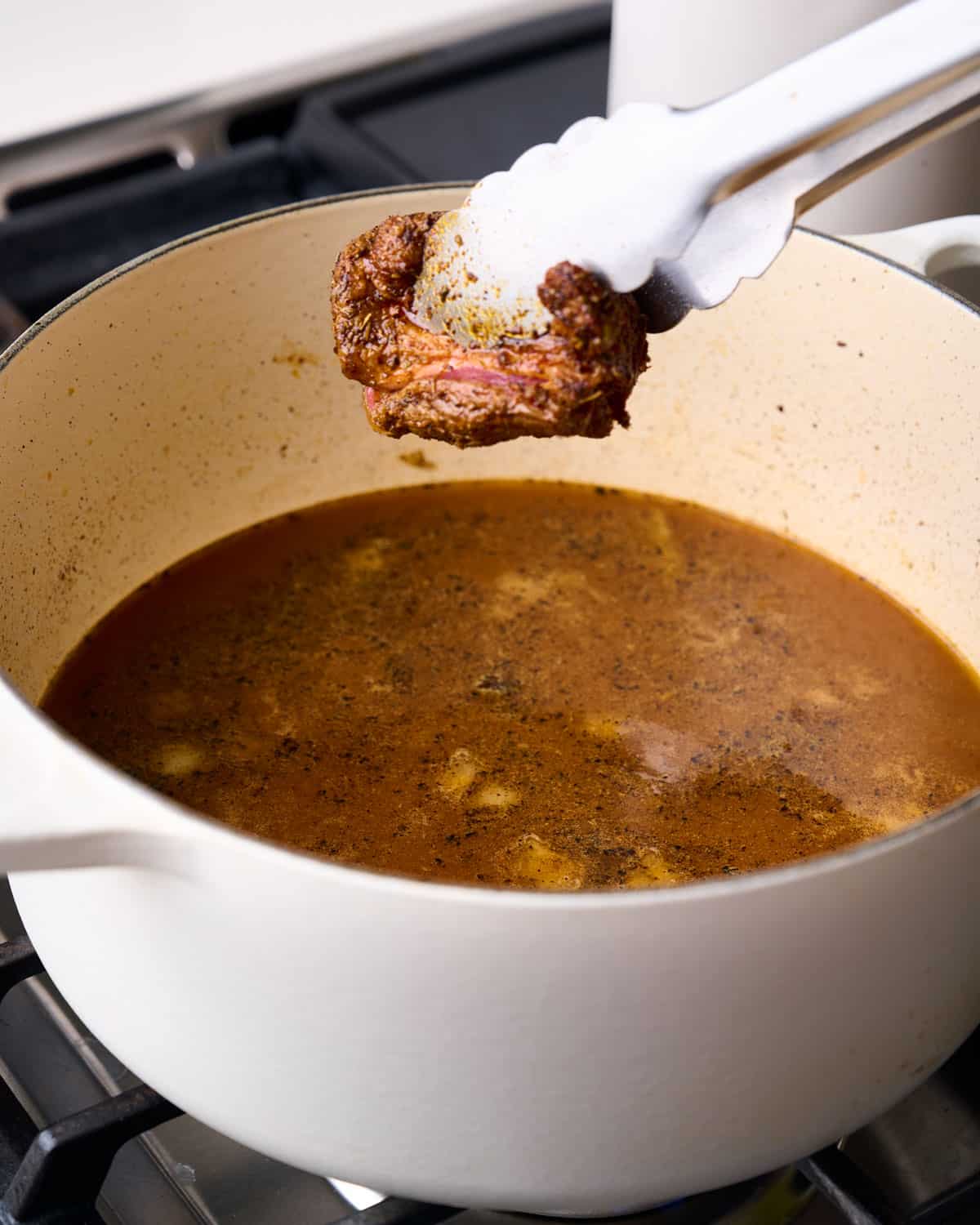
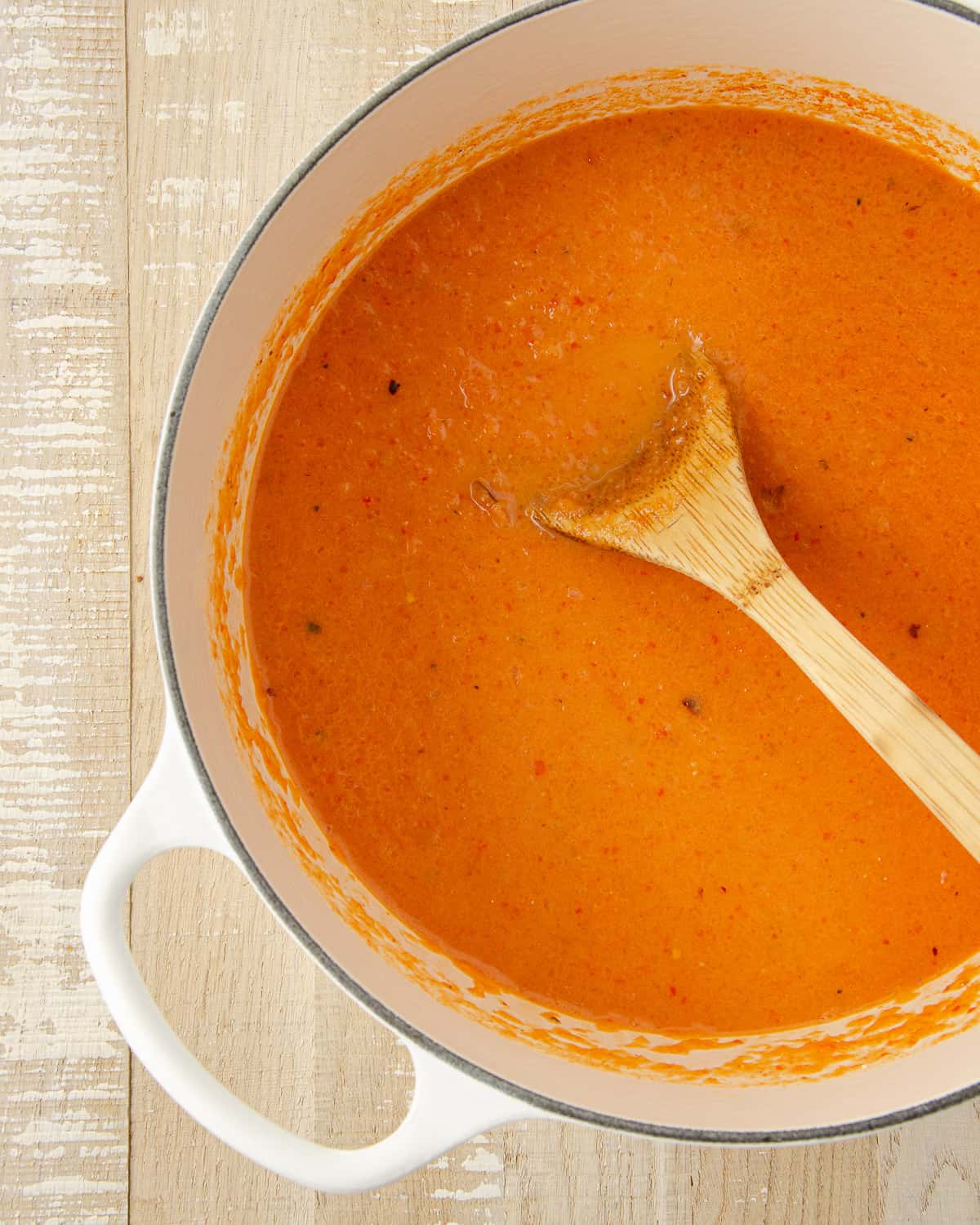
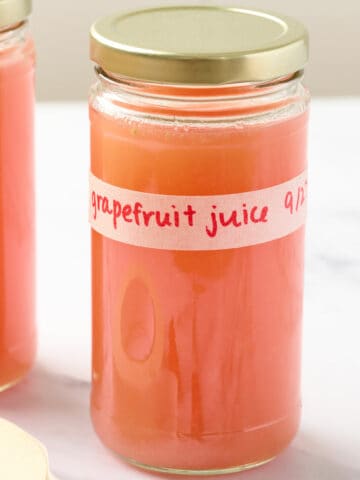
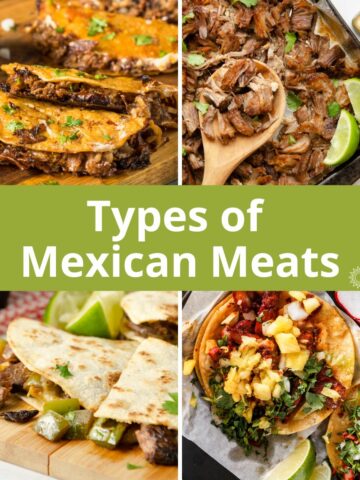
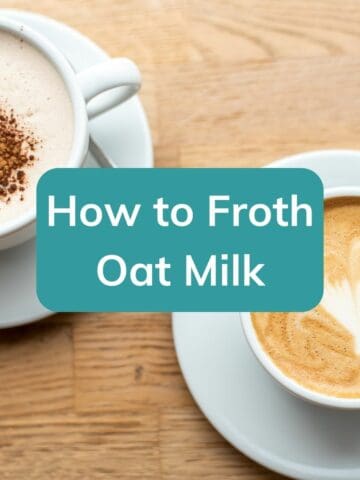
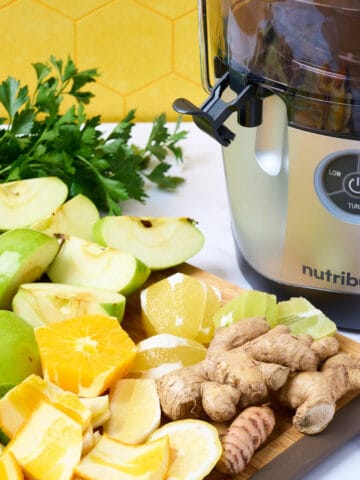
Comments
No Comments